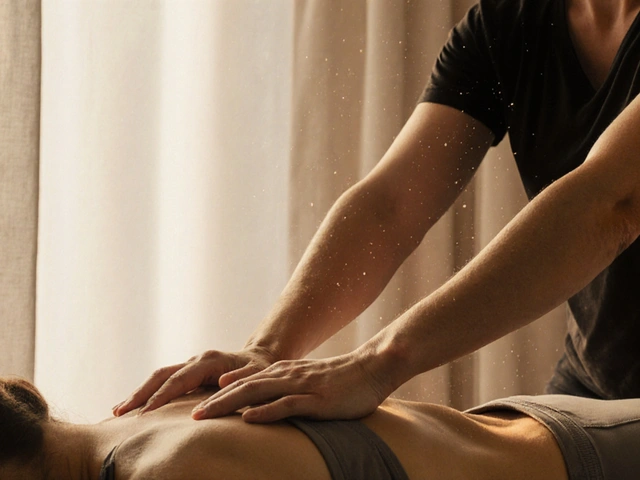Wellness Retreats: Plan a Retreat That Actually Helps You Recharge
Want to come home from a retreat feeling different, not just relaxed for a day? Start by naming what you want to change—better sleep, less pain, posture fixes, or deep rest. That single goal will guide the length of your stay, the treatments you choose, and whether you need a therapist with medical training or a spa specialist.
Retreats are not one-size-fits-all. Some people need slow, hands-on therapies like Ortho-Bionomy, Rolfing, or Hellerwork to ease chronic pain and change posture. Others want reset rituals—Hammam steam, cupping, or warm stone massage—to relax and boost circulation. If you practice movement, look for retreats that add Feldenkrais or guided sessions that improve body awareness. Pick programs that match your aim, not just the prettiest brochure photo.
How to choose the right retreat
Check three things before you book: qualifications, schedule, and outcomes. Read staff bios—are they trained in the therapy you want? Look at the daily schedule: are there enough one-on-one sessions if you need bodywork, or mostly group classes? Ask what most guests leave with after a typical stay. Honest centers will tell you realistic benefits and recovery time.
Be specific when you ask questions. If you have scoliosis, ask if rolfing or structural integration is offered and whether the therapist has experience with spinal conditions. If you’re managing chronic pain, see if they combine gentle therapies like Ortho-Bionomy with movement lessons. For skincare interests, ask about treatments like snail facial massage or professional stone therapy options.
What to expect during a retreat
Most retreats mix scheduled treatments, movement sessions, and free time. A typical day might start with gentle movement, include one hands-on therapy, and leave afternoons for rest, journaling, or light walking. Meals are often lighter and focused on whole foods—ask in advance if you need special diet support. Expect polite boundaries: good therapists give clear aftercare and simple things to do at home to keep progress going.
Packing is simple: comfy layers, a refillable water bottle, basic toiletries, and a small notebook to track what works. Bring any medical notes and a short list of current medications. If you’re recovering from surgery or have strong medical needs, contact your doctor before booking; some therapies can be powerful and need clearance.
If you want quick reading while planning, check guides on Lomi Lomi and Hammam for relaxation rituals, Feldenkrais and movement articles for flexibility, and our roundups on stone therapy, trigger point, and acupressure for practical self-care tips. Each piece gives clear steps you can use at a retreat or when you get home.
Ready to plan? Use your goal to choose the style and length, ask direct questions about staff and schedule, and pick a place that offers at least one therapy you really want to try. Browse our articles on this tag to match a retreat to your needs and make the time away count.

Unlocking the Power of Esalen: Soulful Retreats for True Wellness
Explore Esalen’s unique blend of spiritual growth, mindfulness, and healing in Big Sur. Discover programs, hidden gems, and what sets this iconic retreat apart from others.
Categories
- Health and Wellness (148)
- Alternative Therapies (86)
- Massage Therapy (40)
- Travel and Culture (15)
- Beauty and Skincare (9)
- Holistic Health (8)
- Health and Fitness (5)
- Spirituality (5)
- Other (2)
- Personal Development (2)
Popular Articles

The Impact of Rungu in African Culture
Aug, 5 2023


